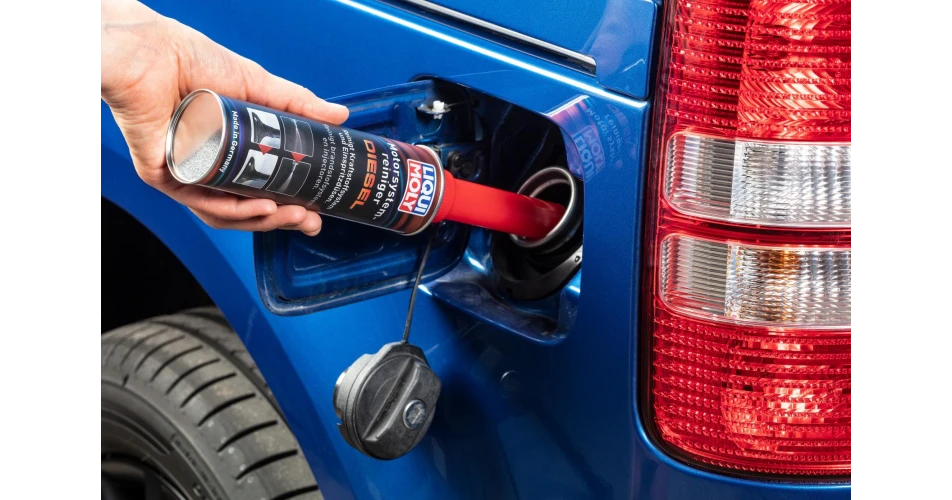You may have noticed at certain forecourts in Ireland the introduction of some new forms of more climate-friendly diesel fuels. HVO is the most popular, but there are also fuels with the labels B10 and XTL. To explain what these fuels are and what to look for, David Kaiser, Head of Research and Development at lubricant specialist LIQUI MOLY, answers some key questions:
What are B10, HVO, fuels?
David Kaiser: “With B10 diesel, the explanation is simple. Compared to the previous B7 diesel, which has a biodiesel content of 7%, this is 10% for B10. The remaining 93 and 90% are fossil diesel. HVO stands for Hydrotreated Vegetable Oils.
How are these fuels produced?
David Kaiser: “There are two different processes. In the Fischer-Tropsch process, the fuels are produced from hydrogen and carbon monoxide and can originally be biomass, coal, natural gas or green hydrogen and CO2 from the air. The additive gives the fuel its name: BTL is biomass-to-liquid. In the case of CTL, the C stands for coal, and in the case of gas, the fuel is called GTL when using natural gas or e-fuel when using hydrogen from electrolysis. The other process uses hydrogenated vegetable oils, HVO for short.”
Who can fill up with these alternative fuels?
David Kaiser: “Any vehicle approved by the manufacturer. If there is a symbol with the marking XTL or B10 on the inside of the fuel filler flap, the fuel can be filled without hesitation.”
How big are the differences to conventional diesel?
David Kaiser: “These fuels are higher quality from a technical point of view, as they are free from aromatics and other by-products. At up to 74, the cetane number is also higher than that of fossil diesel (54). In addition, 30% less particulate matter and nitrogen oxides are produced. The wear of components such as the EGR is also lower.
Do these new fuels still benefit from fuel additives?
David Kaiser: “30% less wear on technical components means less wear, but not wear-free. Residues and deposits still build up, just less than in the B7 diesel. We still recommend additives that clean and maintain the system when using the new fuel types; for example, the Diesel Engine System Cleaner. Our diesel additives can be used safely in B10 and XTL.”
David Kaiser concludes, “If you want to switch from fossil diesel to HVO and XTL, it is advisable to clean the fuel system with additives. This removes existing deposits. If you then add additives to the tank regularly when filling up with the new fuels, you prevent combustion residues.”
LIQUIU MOLY fuel additives are available from stockists nationwide.
